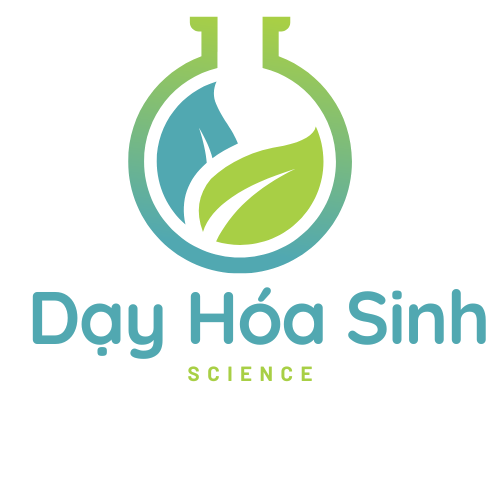In the rapidly evolving environment of instruction and vocational advancement, the capacity to learn https://learns.edu.vn/ successfully has arisen as a critical skill for scholastic accomplishment, occupational growth, and self-improvement. Current studies across mental science, brain science, and teaching methodology shows that learning is not simply a receptive absorption of data but an dynamic procedure formed by deliberate methods, contextual elements, and neurobiological mechanisms. This report synthesizes data from more than twenty authoritative materials to offer a cross-functional investigation of learning improvement methods, offering actionable insights for students and teachers alike.
## Cognitive Bases of Learning
### Neural Systems and Memory Formation
The brain employs separate neural circuits for various categories of learning, with the memory center undertaking a critical function in consolidating short-term memories into enduring storage through a process known as brain malleability. The dual-mode concept of mental processing distinguishes two mutually reinforcing cognitive states: attentive phase (intentional problem-solving) and relaxed state (subconscious sequence detection). Successful learners strategically alternate between these states, utilizing directed awareness for deliberate practice and associative reasoning for innovative ideas.
Clustering—the process of arranging associated information into purposeful segments—boosts short-term memory capability by decreasing mental burden. For example, performers mastering complicated works break pieces into rhythmic patterns (segments) before combining them into final works. Neuroimaging investigations demonstrate that group creation corresponds with enhanced neural coating in brain circuits, clarifying why mastery progresses through repeated, organized practice.
### Sleep’s Role in Memory Reinforcement
Sleep patterns immediately affects learning efficiency, with slow-wave dormancy periods facilitating explicit remembrance integration and dream-phase dormancy enhancing implicit learning. A recent longitudinal investigation revealed that individuals who preserved steady sleep schedules outperformed peers by twenty-three percent in retention tests, as sleep spindles during Phase two non-REM dormancy stimulate the renewal of hippocampal-neocortical networks. Real-world applications include distributing review intervals across numerous days to utilize rest-reliant cognitive functions.
